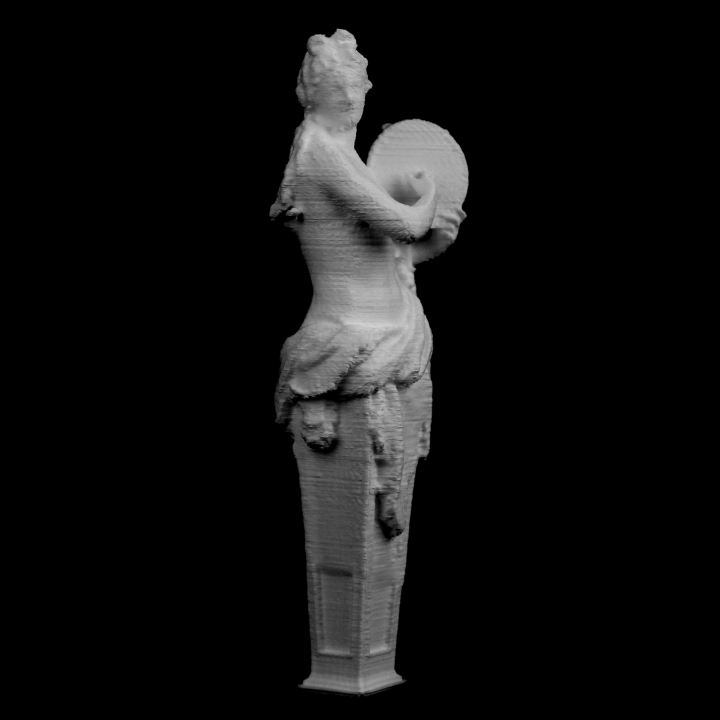
Reklama
3D tiskárny



AONN.cz
Sp┼Ö├ítelen├ę Weby
|
3D modely ARTBacchante at the Palace of Versailles, France

This is one of the many marble sculptures decorating the gardens of the Palace of Versailles. This particular piece by Jean Dedieu (1652-1727) depicts a Bacchante playing a tambourine in her hands. In was completed in 1685 for the Grande Commande in 1674. A bacchante was a priestess of Bacchus, the Roman name for Dionysus, the Greek god of wine and vivid social gatherings. The Bacchante is symbolic of both the ecstacy and destructive powero f the god she worships and his majoy attribute, wine. Though she sometimes appears in modern representations to be simply a free spirit, the Bacchante has a darker side. Bacchantes are possessed and act as if in a trance, completely abandonded to their physical natures. They are capable of ripping to shreds not only any animal that crosses their path, but humans as well, in a sacrificial rite known as sparagmos. Sometimes, the rite is followed by omophagia, inw hich Bacchantes eat the victim's remains. Bacchantes appear in their more destructive guise in Euripides' play The Bacchae and in Ovid's Metamorphoses. In Euripides' play, regular women become Bacchantes, forgetting their duties as wives, mothers, and community members in their ecstasy. At the play's conclusion, the Theban king Pentheus is mauled to death by his own mother and aunts. In the Metamorphoses, Orpheus meets his end in a similar manner. n├íhodn├Ż v├Żb─Ťr model┼»
|
©Ofrii 2012
| |||